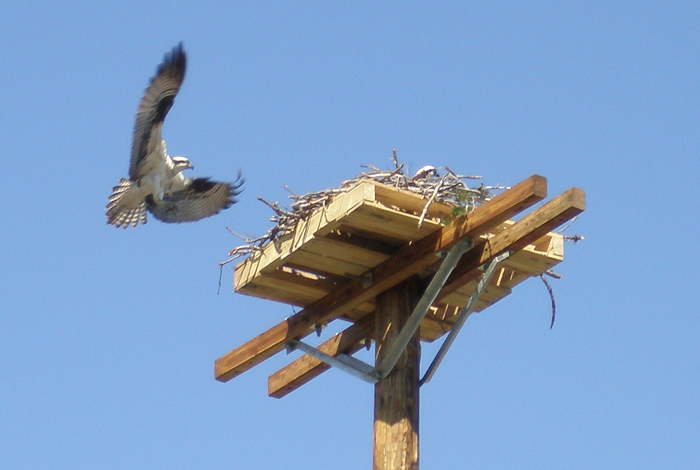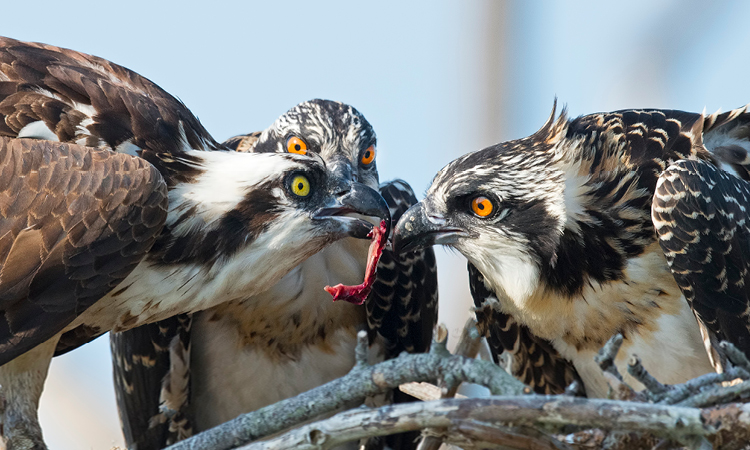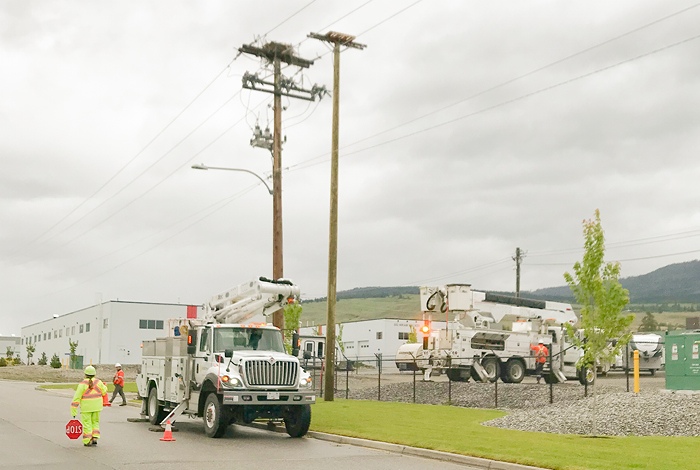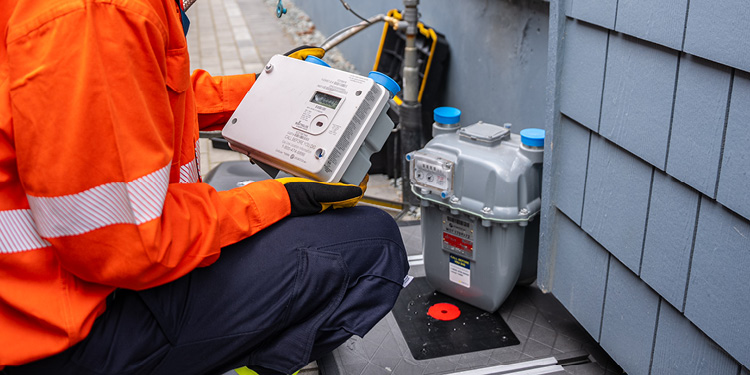What is a “nest sweep”? Here’s how we protect our migratory birds.
October 6, 2022
Updated: May 5, 2023
Here in British Columbia, we are fortunate to have an abundance of nature and wildlife right in our backyard. Protecting the natural spaces and species in the communities where we live and work is something that we strive to do every day. As part of our environmental stewardship efforts, our team of Qualified Environmental Professionals (QEPs) works to protect the migratory bird species around our operations to ensure they continue to thrive.
Flying home for the summer
Migratory birds travel from one place to another at regular times of year for feeding, breeding and raising their young. They provide many benefits to British Columbia, including recreational activities such as bird watching and biological roles such as dispersing seeds, managing insects and pollinating plants. Birds tend to nest in vegetation, on the ground, or create holes in trees. Some birds also seek out spots at higher elevations, such as electrical power poles.
“Bird nesting season typically happens from late March through August,” explained Amy Duncan, a terrestrial biologist with FortisBC. “During this time period, it’s especially important that we conduct nest sweeps in the areas where our operations team will be working to ensure we do not disturb the birds and their nests.”

Migratory birds travel to a different location at regular times of year to hunt for the perfect spot to raise their young.
It takes a team effort
Our experienced team of Qualified Environmental Professionals (QEPs) work alongside our operations team to conduct environmental screenings and site visits for areas around our gas and electricity system where projects are being proposed. During bird nesting season it is especially important to conduct nest sweeps, the process of inspecting infrastructure for the presence of active bird nests or other wildlife, to ensure we do not disrupt any birds building their summer home.
It takes a good eye, and usually a pair of binoculars, to scan the area for nests. While it can be difficult to spot an active nest, there are signs to look for:
- Presence of eggs or chicks in the nest
- An adult bird repeatedly returning to the nest or bringing food to the nest
- An adult bird flying out suddenly from the nest
- An adult bird protecting the nest using sounds or actions (such as dive-bombing)
On larger scale projects, our QEPs work together with the operations team to develop an Environmental Management Plan to determine any environmental risks or considerations and guidelines for the crews to follow.

Some bird species, such as ospreys, stay in their nests longer than the typical nesting window
Safety comes first
So, what happens when we come across an active nest? Ideally, nothing. We want to ensure that the birds thrive in their natural environment, and the best way to do that is to leave them be. If we do find an active nest near our infrastructure, there are several steps to take to ensure the nest remains protected.
If we find an active nest within an area marked for vegetation clearing, the team will mark off a buffer area to ensure that the nest is not disturbed. We inspect each electricity pole prior to removal or replacement work to make sure no migratory birds are living or nesting in it. If there are signs of wildlife, the team flags that pole to let the operations team know to minimize disturbance and reschedule the work until after the nesting period.
“Ospreys use tall, isolated trees to build nests, and are drawn to our utility poles since the poles look similar to their natural nest structures,” said Amy. “Ospreys and their nests are protected under the BC Wildlife Act which means special permits are required to move a bird or its nest. If the nest is on a live power pole, we may need to relocate it for both the safety of the bird and to ensure reliable service to our customers.”
Our Osprey Nest Management Program is designed to protect these birds while ensuring the safety and reliability of our system. When ospreys build their nests on our electricity infrastructure, it can cause damage to equipment, unplanned power outages, and even fires when nest debris falls on the power lines. If an osprey does manage to build their nest on a live power pole, we safely remove the nest and relocate it to a dedicated nesting platform.
Moving into a new, safe home
Last year, our team sprang into action when an active osprey nest was spotted on a live power pole in Kelowna.
“It’s very important that we time a nest relocation correctly,” said Amy. “In this case, we decided to wait until the eggs had hatched and mom was ready to leave the nest so we could safely relocate the nest without disrupting the birds.”
Moving an osprey nest is no small task. Ospreys are large raptors and their nests are typically built with large bulky sticks. With the collaboration and hard work from our QEPs and a number of crew members, we were able to move the nest off the power pole and onto a dedicated nesting platform.
“It’s a nerve-wracking situation when you have a bird’s home in your hands,” said Matt Wilson, an operations supervisor at FortisBC. “But working collaboratively with the environment team gave us the knowledge and confidence in the field to safely relocate the nest onto a suitable and separate platform where the ospreys can continue to grow and thrive.”

When an osprey nest was spotted on a power pole in Kelowna, the environment and operations teams worked together to safely relocate the nest onto a dedicated nesting platform.
Continuing to work together
We’ve always taken our role in protecting the environment seriously – from reducing greenhouse gas emissions, to protecting wildlife habitats around our operations. Our environment and operations teams continue to work together to develop new tools and resources to help protect migratory bird species and their nests. Read how a young bird watcher helped an osprey family after losing its nest during a storm. It’s another example of how we work together to help protect this beautiful bird species.



